Have your kids ever gone down the slide and then delivered a startling shock when they touch you after? That’s static electricity at play!
Explaining static electricity can be a little tricky, so why not show it? In this simple science experiment, you’ll learn how to create a tissue paper butterfly that is attracted to static electricity. This is a fun and easy way to learn about static electricity (and it’s a pretty cute little craft!). All you need is tissue, paper, and a balloon! We will also touch on other static electricity experiments you can try at home. It’s also perfect for preschoolers!
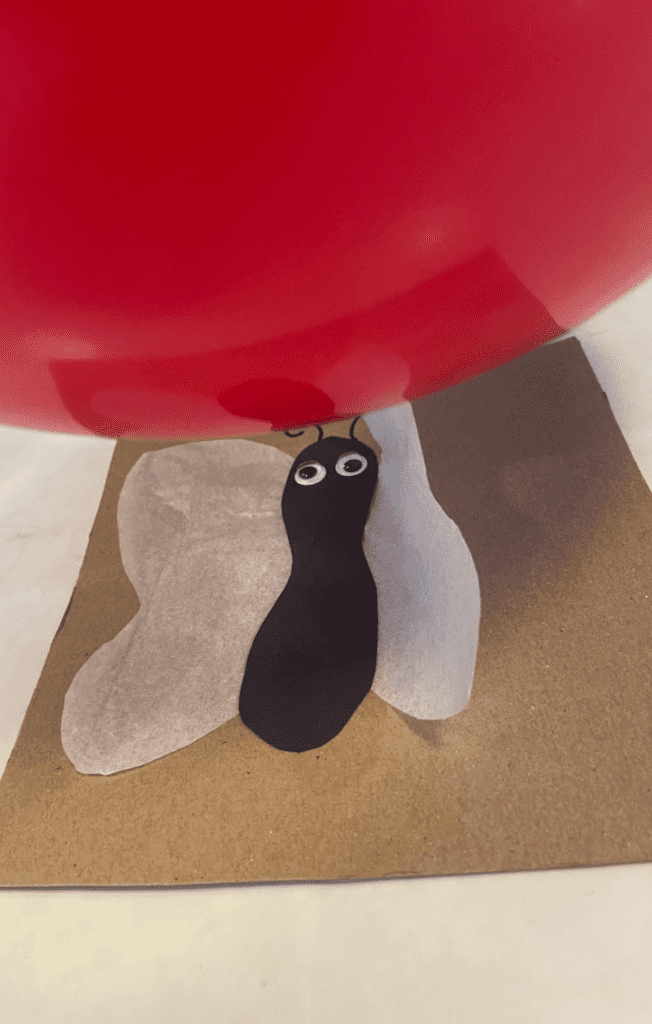
What is the static electricity butterfly experiment?
This is an excellent activity for young scientists – Especially those who love crafting Learn why we think science for kids is so important in this post.
Live Science explains static electricity as being the “imbalance between negative and positive charges in objects.” Essentially, everything in our world has an electric charge. Electric current is the flow of those electrons. When there are more electrons with a positive charge than electrons with a negative charge, you can observe the imbalance in real-time!
Okay, so that was science talk for: You know when you go down the slide and your hair stands up or you shock the person you touch? This happens because as your kiddo slides down the slide, the friction causes a transfer of positive neurons to positively charge your child.
That’s also what we see happening with the tissue paper butterfly! Rubbing the balloon on your head creates static electricity. When the negatively charged balloon interacts with the positively charged butterfly (since all things are charged, remember!), the tissue seems to magically reach for the charged object – Making it flap its wings like a real butterfly!
Download a scientific method worksheet before starting
This is totally optional, but you may want to head over to my TpT store and download the Scientific Method worksheet for free. This way, you can emphasize key learning moments while introducing your preschooler to the scientific method. By practicing this, they will become confident in their ability to hypothesize, test, and evaluate experiments!
Plus, if you write down the step-by-step instructions and tuck this away in a folder for later, they can re-create the same activity another time.

How to create the static electricity butterfly experiment
This simple project uses just a few household materials to create a beautiful science experiment. Follow the steps below to get started.
Here is everything you will need to make your own static electricity at home:
Materials
- A square of cardboard (however big you’d like!)
- Tissue paper
- Cardstock (or you could color more cardboard)
- Googly eyes
- Glue
The googly eyes are totally optional, but I think they’re a super cute little add-on!
Instructions
- Cut out a cardboard square. You can make this any size… I can’t even remember what size ours was!
- Cut your tissue paper into the shape of a butterfly (two wings). Make sure it’s small enough to fit on the cardboard square but big enough that the tissue can move freely.
- Don’t cut out two wings individually – Cut both wings on the same sheet of tissue paper.
- Cut out the body of your butterfly. I recommend using either more cardboard or using thick cardstock
- Position the tissue wings on the cardboard but do not glue it down!
- If you glue the tissue down it cannot fly!
- Glue the butterfly body on top of the tissue wings. Glue only the top and bottom down, but again, do not glue the tissue!
- Decorate your butterfly with some fun googly eyes!
- I’d advise waiting to decorate the tissue – We did after the experiment and it still worked, but it worked better before!
- Blow up a balloon and rub it on your hair or clothing to give it an electric charge.
- This works especially well on a wool sweater!
- Hold the tissue paper butterfly should be attracted to the static electricity on the balloon. It will appear to fly towards the balloon.
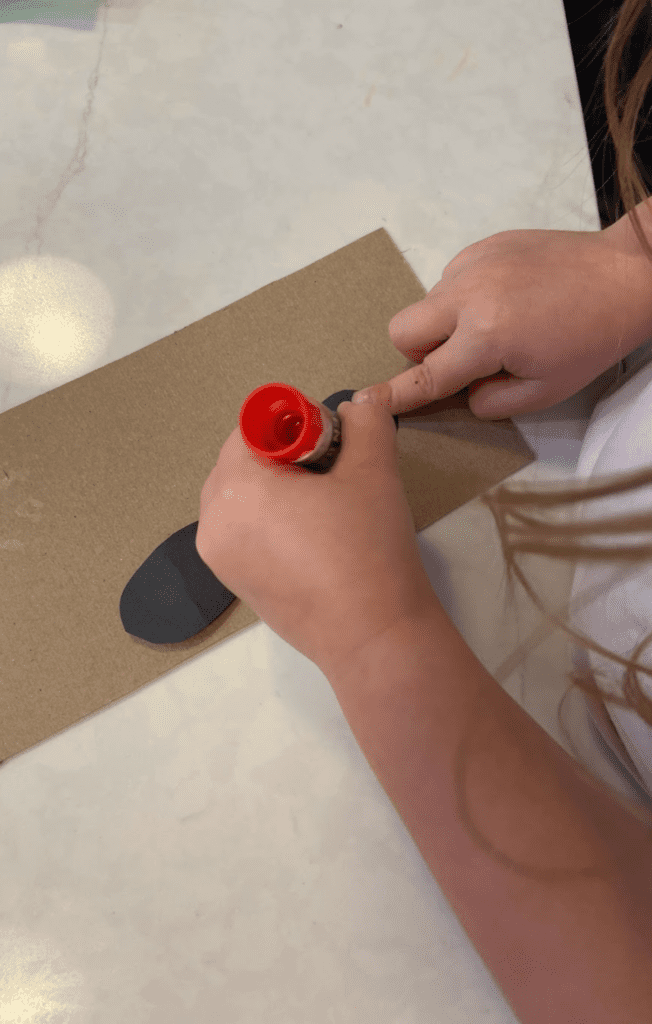

Extended learning
While this experiment is so much fun on its own, you could also experiment with the static charge on other objects, too! Or just have an engaging conversation about where else they can see an electrical charge.
Ask questions like:
- What do you notice?
- Why do the butterfly wings flap?
- What would happen if it wasn’t glued down? (Try it!)
You could try making the same experiment with other materials, like:
- A plastic bag
- Aluminum foil
- A paper plate
- Other balloons
- What other objects could the balloon attract? What about bubbles, salt, or water?
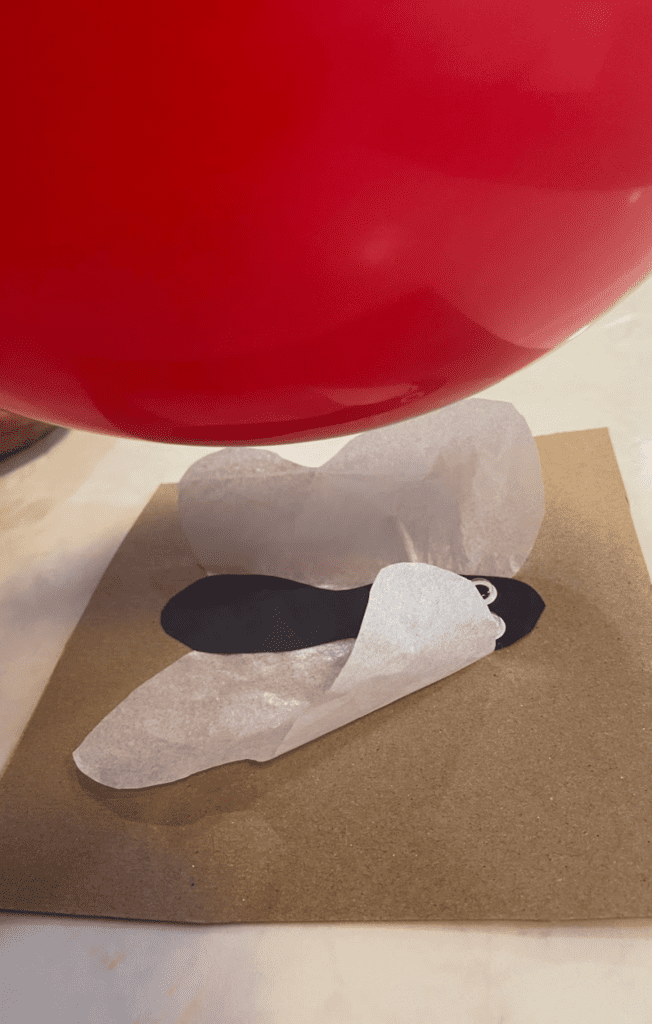
Conclusion
The tissue paper butterfly static electricity experiment is a great way to learn about static electricity and opposite charges while having some fun at the same time. This simple experiment can be done with just a few materials, and it’s a great way to teach kids about static electricity. The tissue paper butterfly will fly around when you create a static charge, and it’s a great way to learn about how static electricity works.
Have you created this (or other static electricity experiments) at home? We would love to see it!
More science posts
Searching for more science experiments and science-related activities to do with your little ones? Check out this category to see all of our posts about science for kids!
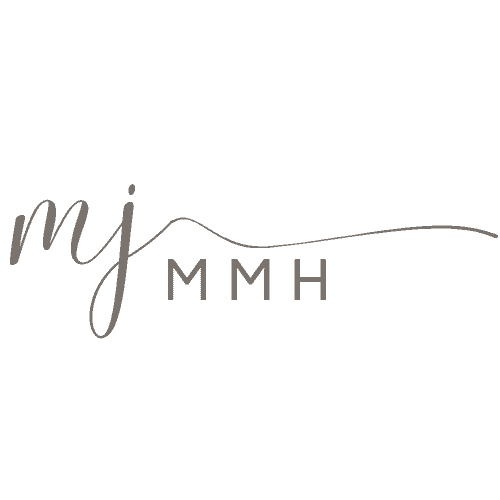
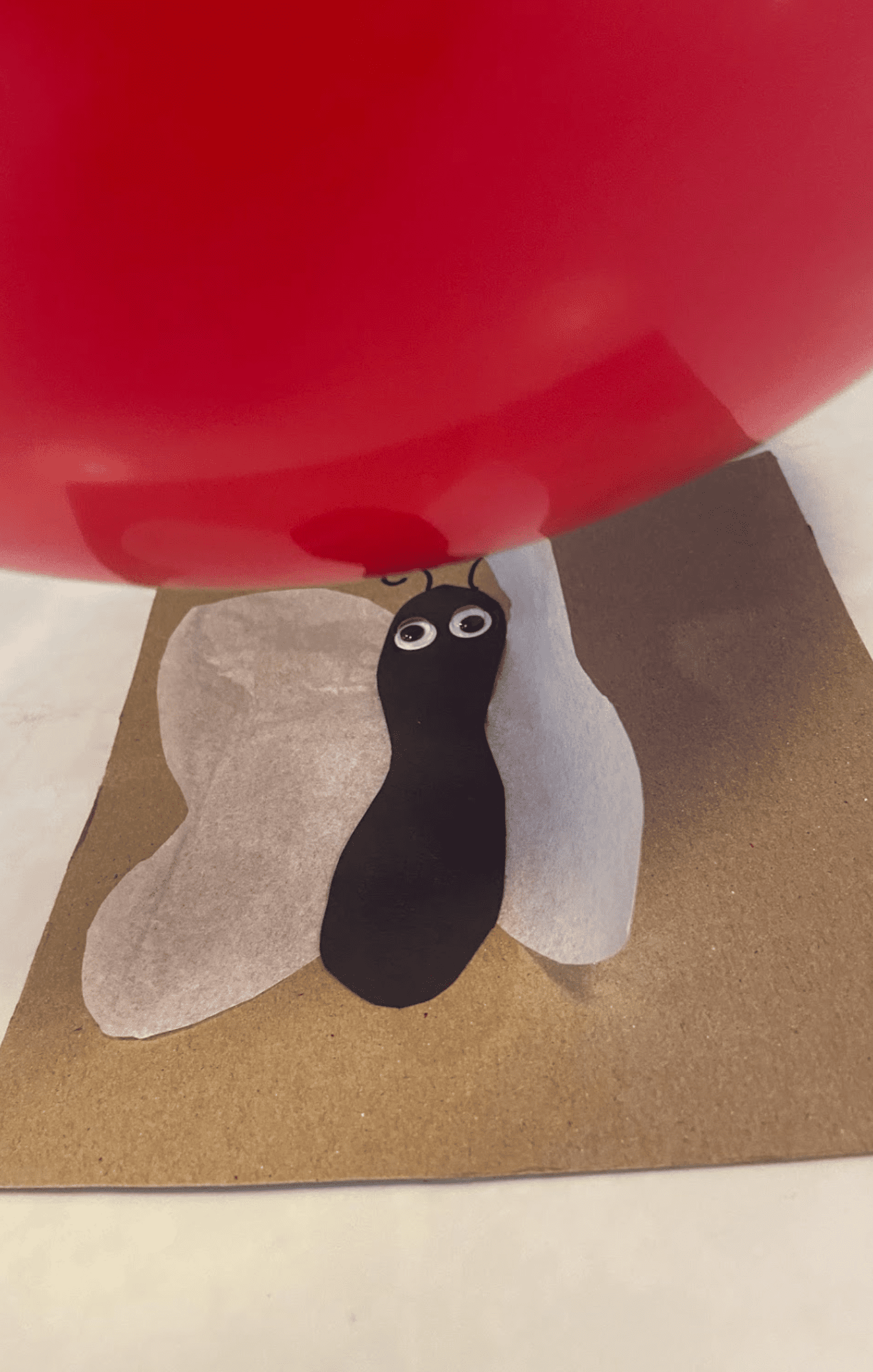
Leave a Reply